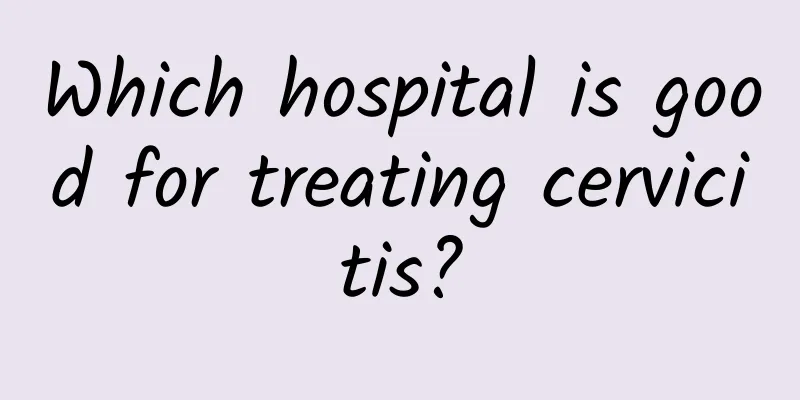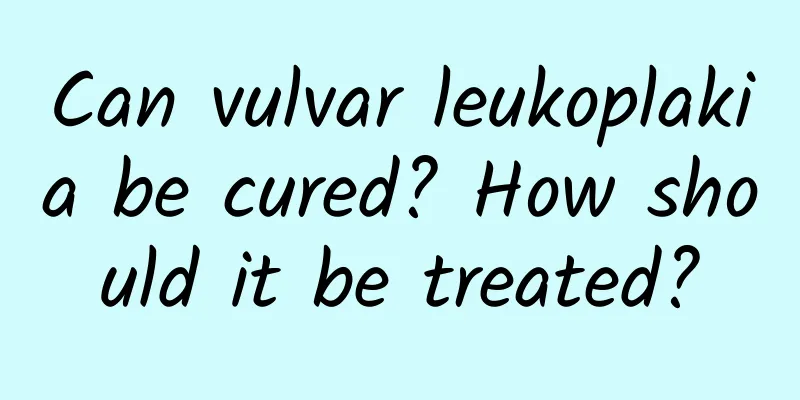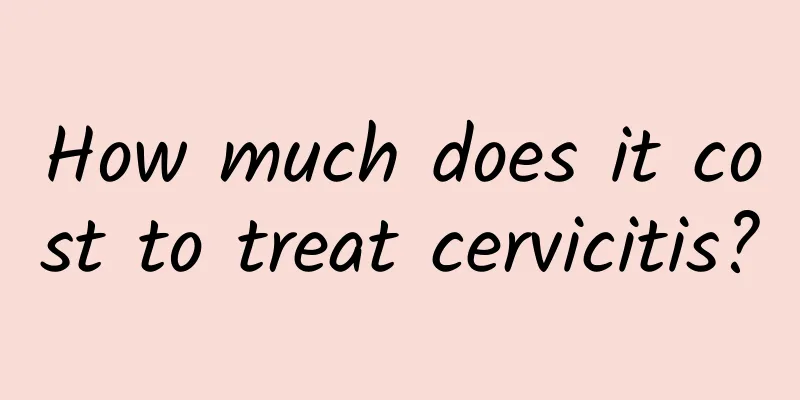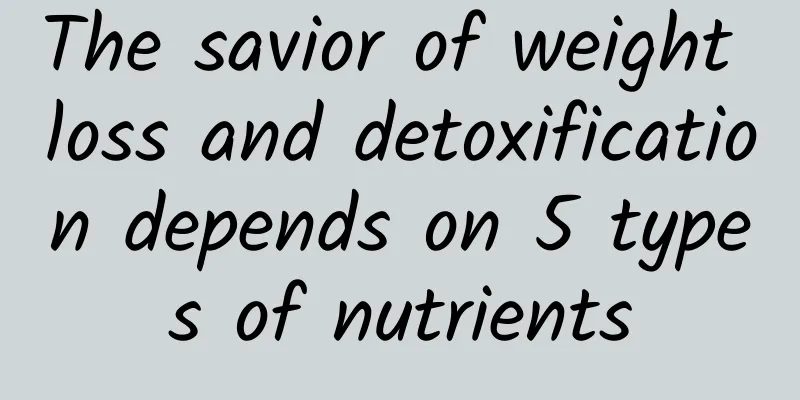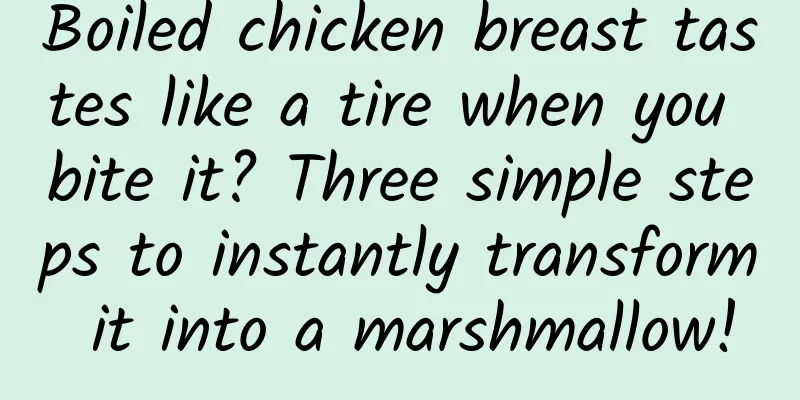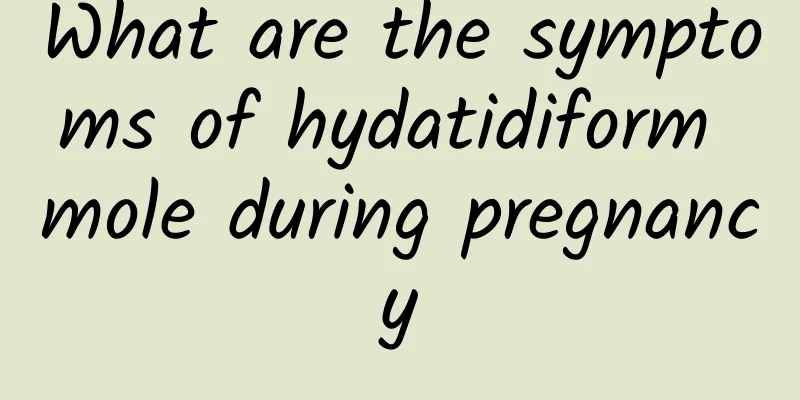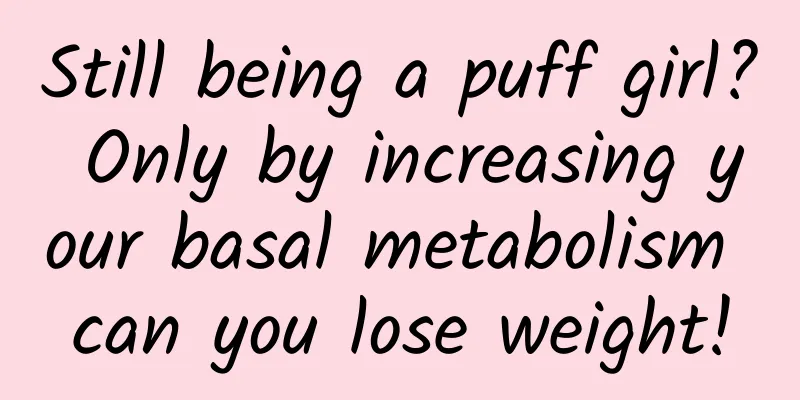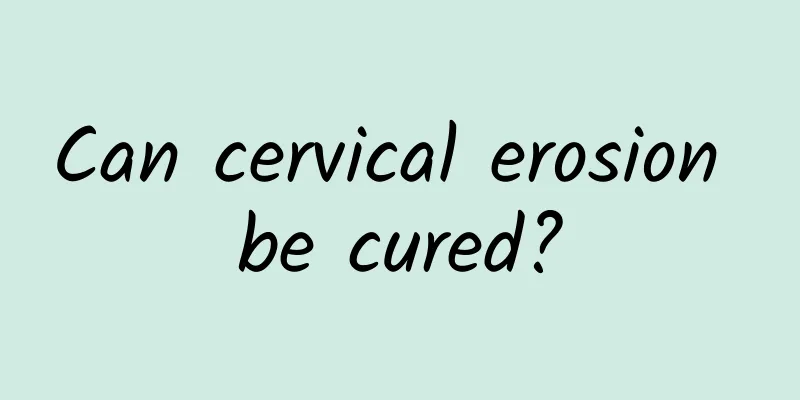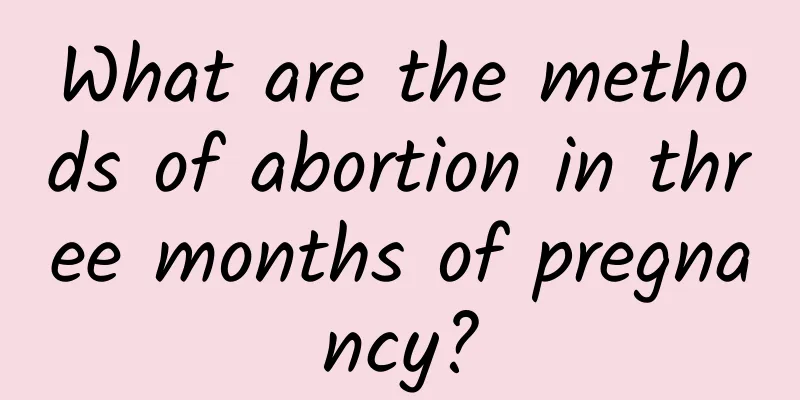How to treat uterine fibroids better? Surgical treatment of uterine fibroids
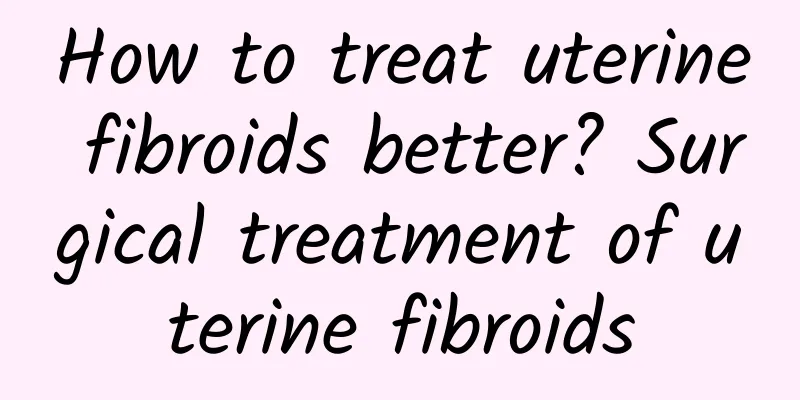
|
Uterine fibroids are a common gynecological disease in women. They are benign tumors. There are many ways to treat uterine fibroids. Patients can choose the appropriate treatment method according to their own situation. So, do you know the symptoms of uterine fibroids? How to treat uterine fibroids? Due to uterine fibroids, heavy menstrual flow, long menstrual cycles, and long-term excessive menstrual blood loss can lead to secondary anemia and even anemic heart disease, severe, general fatigue, pale complexion, shortness of breath, palpitations and other symptoms. It is common in submucosal uterine fibroids and intramural uterine fibroids. In this case, it cannot be delayed at will. It is recommended that surgery at the appropriate time is an effective treatment method, otherwise, it may be life-threatening. If uterine fibroids are not treated effectively and promptly for a long time, they will cause heavy bleeding, or long-term excessive menstruation, and prolonged menstruation will lead to anemia, which cannot be cured by medicine. Uterine fibroids can be treated with the following: 1. Ultrasound focused ablation treatment for uterine fibroids: The temperature of the tissue at the focal point rises rapidly to over 70 degrees. The high temperature destroys the tumor tissue, leading to protein denaturation and irreversible coagulative necrosis. Its characteristics are direct killing and destruction of target tissues without damaging surrounding normal tissues, ensuring effective killing of tumor cells, selectively destroying small tumor blood vessels with a diameter of less than 2 mm, blocking the blood supply to the tumor, and no surgery, bleeding, or hysterectomy is required. 2. Myomectomy: It is divided into laparotomy, laparoscopic surgery and hysteroscopic surgery. Most hospitals will use single large submucosal or subserosal myoma. 3. Interventional treatment of uterine fibroids: non-surgical insertion of a very thin catheter into the blood supply artery of the uterine fibroids, i.e. the nutrient blood vessel, blocks the blood supply of the fibroids, causing them to lose nutrients and die on their own. However, most fibroids are not suitable for this method. |
<<: How to treat uterine fibroids? Common treatment methods for uterine fibroids
>>: How to treat uterine fibroids? How to prevent uterine fibroids
Recommend
Symptomatic treatment of ectopic pregnancy should consider whether the patient is fertile
Treatment of ectopic pregnancy should be based on...
What are the tricks for treating pelvic peritonitis?
The principle of treatment is to actively elimina...
What is the cause of cervical erosion?
Cervical erosion is a common gynecological phenom...
How to calculate the menstrual cycle and what kind of menstrual cycle is normal
How to calculate menstrual cycle? What kind of me...
Precautions after cervical erosion surgery, these 7 nursing measures are critical
Cervical erosion is a relatively common gynecolog...
The best slimming and detoxifying meal is Slim Apple, a low-calorie snack
The weather is dry in winter, and toxins easily a...
Knowing the two types of ovarian cysts can benefit your health
Because of different symptoms, there are differen...
What is the best way to treat uterine fibroids? Is ultrasound treatment really effective for uterine fibroids?
Uterine fibroids are a common benign gynecologica...
What is the best way to treat female cervical erosion? Analysis of the classification and treatment of female cervical erosion
Married women have many gynecological diseases, w...
How to prevent complications after abortion
How to prevent complications after artificial abo...
Women should pay attention to how to prevent cervical hypertrophy
Cervical hypertrophy is a common female disease i...
It’s cold and your appetite is whetted? ! Drink the right hot drinks to stay balanced and not gain weight!
When a cold wave hits, your appetite increases, a...
These abnormal conditions will cause the expulsion of the gestational sac. What does the gestational sac look like when it is expelled?
The specific situation of the gestational sac bei...
Teach you how to quickly get rid of dysmenorrhea
Nowadays, girls are often affected by the climate...
What is the treatment plan for uterine fibroids? How to treat uterine fibroids
Uterine fibroids have no capsule, and their pseud...
